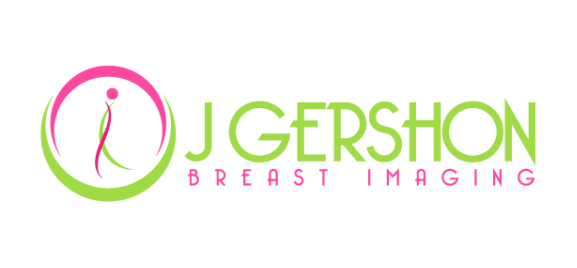|
Eating my breakfast this morning and reading the Wall Street Journal, I came across an article titled “New Screening Tests for Hard-to-Spot Breast Cancers”. Of course I eagerly began to read, as I was curious what new information was going out to the general public.
Firstly, how excited was I to see quotes in the article from my two “breast buddies”, Dr. Nancy Cappello and Jan Kritzman! Two amazing women from here in Connecticut, working hard to promote dense breast tissue notification laws and dense tissue awareness. The WSJ article discusses various imaging techniques for patients with dense breast tissue. While mammography is the only “breast-screening” modality proven to save lives, it is limited in patients with dense breast tissue. Approximately 50% of women have dense breast tissue and these women have a 4-6x increased risk of breast cancer due to the dense tissue itself. Full-field digital mammography is an excellent modality for imaging dense breast tissue and there is minimal radiation exposure with this exam. In patients with dense tissue, a screening bilateral breast ultrasound is an extremely helpful imaging adjunct. Ultrasound allows the radiologist to see further into the dense tissue and it detects cancers, usually the small ones that hide on the mammogram. For each cancer found, some false positives will result and this can create patient anxiety. However, as my friend Jan says, “I’d rather be scared for a couple of days than dead.” Ultrasound is quick, easy and adds no additional radiation exposure. New imaging technologies are being promoted to the public, including breast tomosynthesis (3D mammography). In an age where people are concerned about their health and exposure to radiation, this test doubles one’s radiation dose. While it is being promoted as a method for detecting more cancers, it is only of value in patients with dense breast tissue. And many of these patients will gain more benefit from a screening ultrasound, or may require an ultrasound for a specific area seen on the 3D images. Many insurance companies feel 3D mammography is an unproven technique for detecting additional cancers and few are paying for this study. Additional costs to the patient are often at least $50-75, whereas routine full-field digital mammography is completely paid for by insurance. Other imaging modalities such as MRI (magnetic resonance imaging) and MBI (molecular breast imaging) are available for specific cases. MRI is time consuming, expensive, and produces many false positives. MBI is not yet widely available and is costly, with limited insurance coverage. Approximately half the patients I see in my practice have dense breast tissue. I honestly feel that a full-field digital mammogram and bilateral breast ultrasound are the best imaging modalities for screening these women for breast cancer. The two tests combined are precise and diagnostic, with little radiation exposure and cost to the patient. In my private practice, I personally perform all the breast screening ultrasounds. Of the hundred or so done, 4 patients have been diagnosed with small invasive cancers, not seen on mammography. While mammography may be the “proven” screening modality for breast cancer detection, I can personally attest to the value of screening breast ultrasound for cancer detection. Both mammography and breast ultrasound save lives! Julie S. Gershon, M.D. To view the WSJ article click here. Also, be sure to check out Are You Dense.org.
1 Comment
JAN P. KRITZMAN
2/24/2015 05:04:08 am
Dr. Julie,
Reply
Leave a Reply. |
AuthorJulie S. Gershon, M.D. Archives
October 2023
Categories |
|
J Gershon Breast Imaging
|
21 Arch Rd. Avon, CT 06001
|
P: 860.673.8379 F: 860.271.8025
|

 RSS Feed
RSS Feed